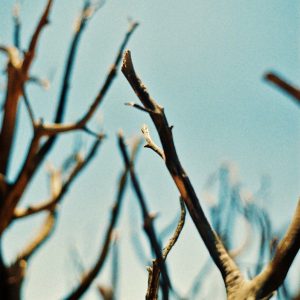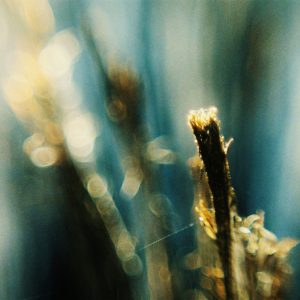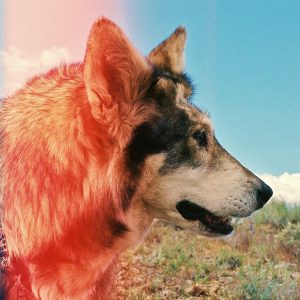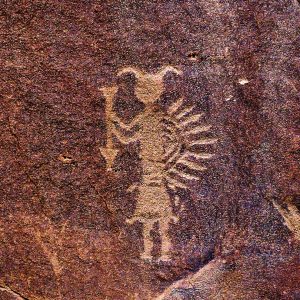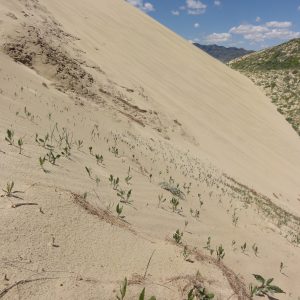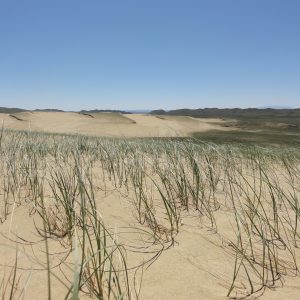When I arrived in southeastern Montana for the first time, it was obvious that this part of the country is very different from the northwest, where I had studied and worked previously. Most evident was the lack of large numbers of trees in most of the area; in addition, the geology is very different, causing the badland formations, marked by layers and layers of different types of rock. As the softer sandstone has eroded over time, what remains are columns topped by harder structures known as “hoodoos”. Quite scenic!
Since a significant portion of the BLM lands are badlands (so called because they are “bad land”, not suitable for cattle or farming), I have gotten to explore very interesting pieces of the landscape. To the untrained eye, the topography and vegetation seem very similar throughout many of the sites we have monitored. But just as I was beginning to describe this region as “all the same”, I began to stumble upon areas that surprised me with their beauty and diversity. While scouting for populations of buffalo berry, we explored a few areas around Fort Peck Lake. As we drove further towards the lake, I was surprised to see the pastures merge into forested badlands and rolling hills covered in lush vegetation. Although we didn’t find what we were looking for, we were amazed by the number of sego lilies! I also found a new perspective on eastern Montana and the beauty in its diverse landscape. And with any luck, we will get out there again to collect sego lily seeds later in the season!!
One thing I’ve learned from this experience so far? Never assume things about a landscape. You will always be surprised.



